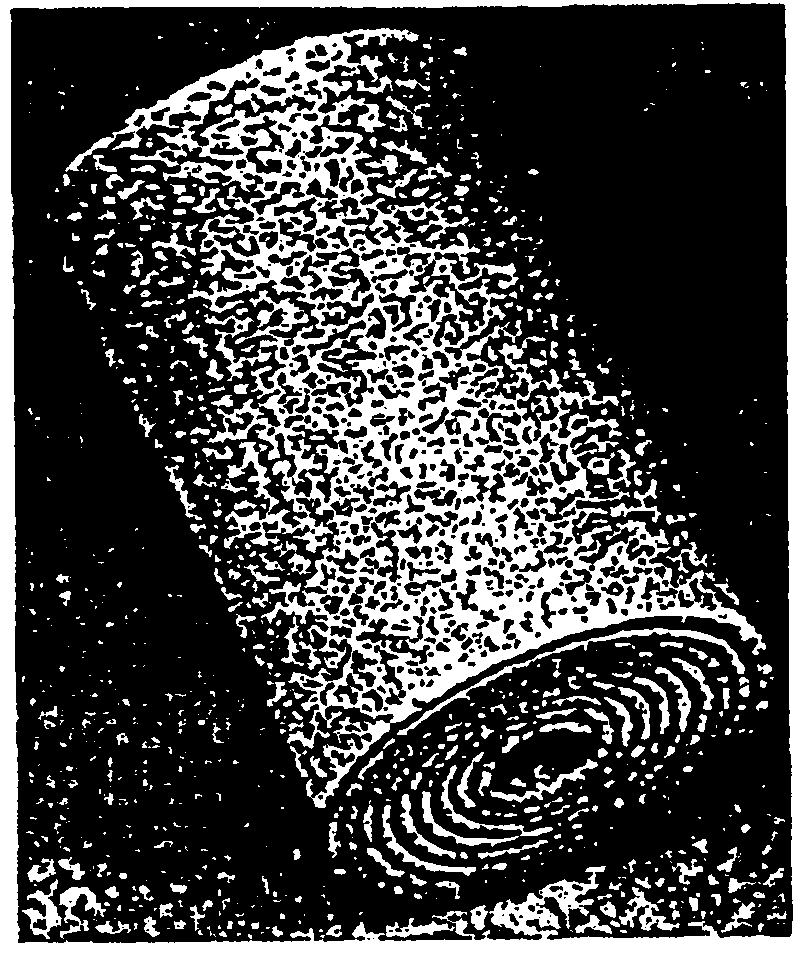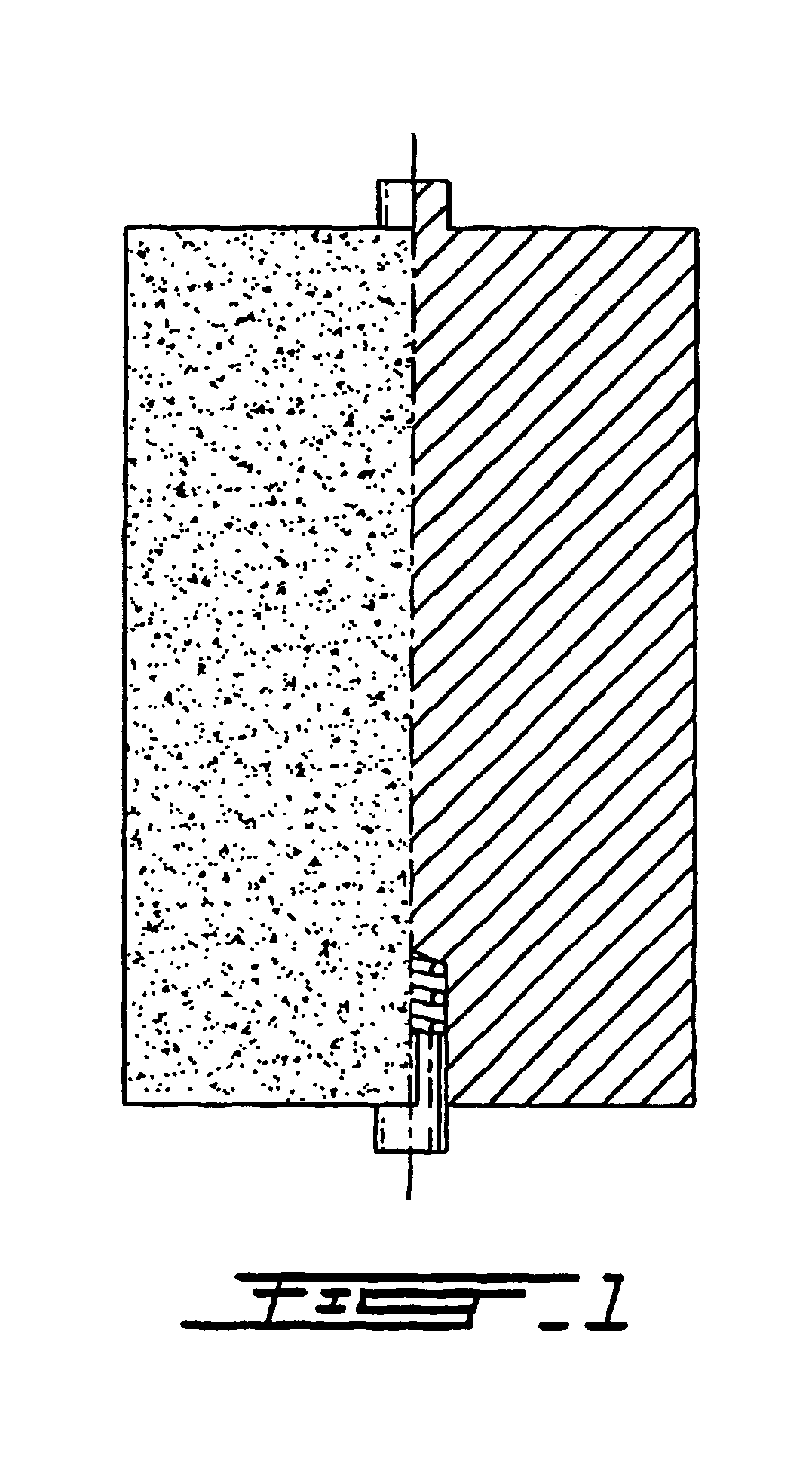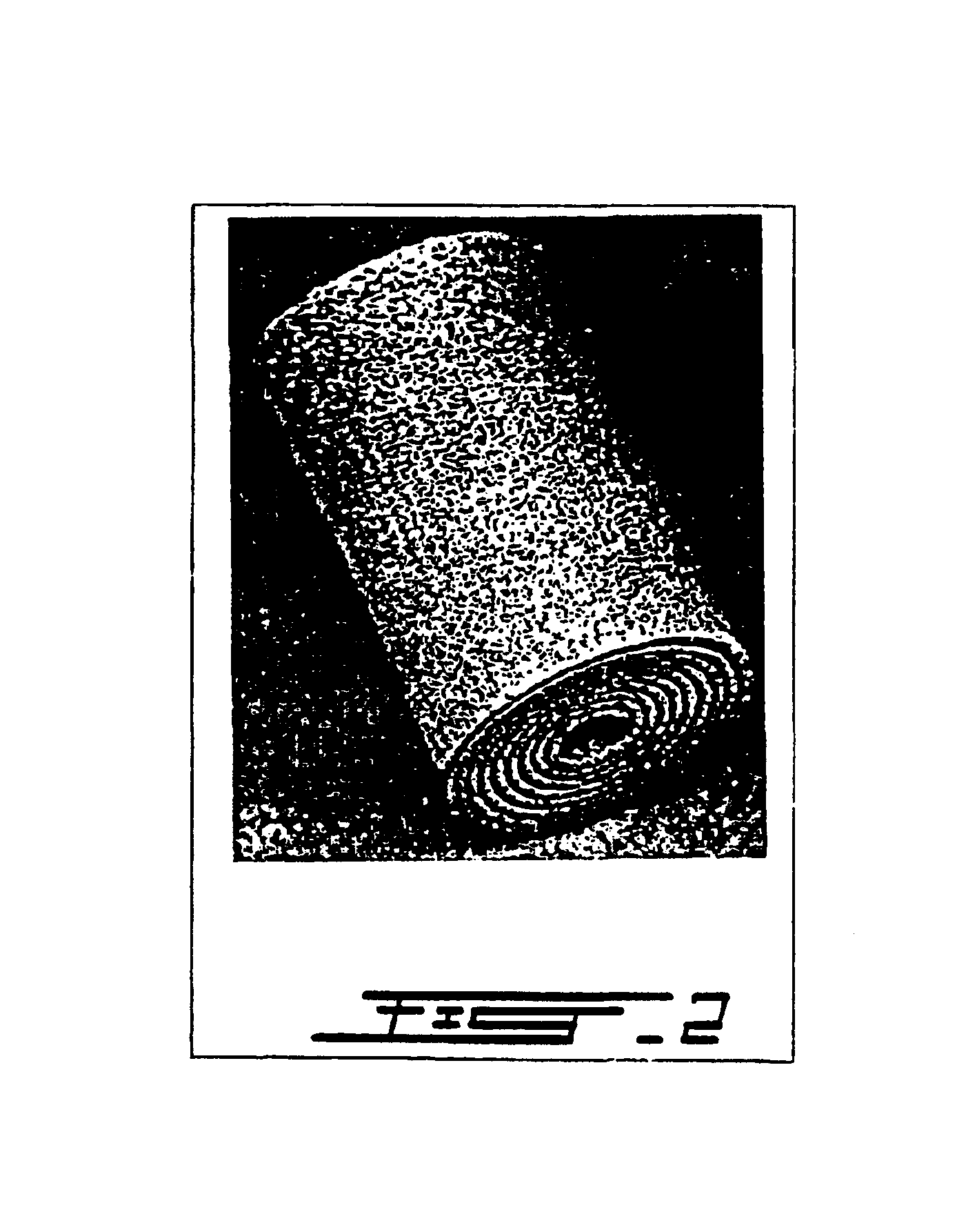Artificial disc
a technology of artificial discs and implants, applied in bone implants, medical science, prosthesis, etc., can solve the problems of spinal segment immobilization, complex operation required, and increased trauma, and achieve the effect of improving the stability and stability of the spinal segmen
- Summary
- Abstract
- Description
- Claims
- Application Information
AI Technical Summary
Benefits of technology
Problems solved by technology
Method used
Image
Examples
example
[0048]The possibility of achieving the stated technical outcome is illustrated by a test case of the clinical trial use of the implant in the Regional Clinical Hospital (RCH) of the City of Novosibirsk (case no. 2-3576).
[0049]Male patient D., 45 years old, was treated in the Department of Neurosurgery of RCH for discogenic myelopathy, medial hernia of disk C6-C7, and tetraparesis.
[0050]Computer tomography confirmed posterior medial hernia of the disk C6-C7.
[0051]The patient underwent surgery for anterior interbody spondylodesis using the device of the invention. The device made of porous superelastic TiNi alloy in the shape of a rolled sheet (FIG. 2) with the following dimensions was used: length of the device 20 mm, diameter 18 mm, thickness of the sheet 0.4 mm, opening between the layers 0.2 mm.
[0052]The device was used in the following way. After total C6-C7 discectomy, a medial interbody socket with a diameter of 17 mm was created in the bodies of vertebrae C6-C7.
[0053]The devic...
PUM
 Login to View More
Login to View More Abstract
Description
Claims
Application Information
 Login to View More
Login to View More - R&D
- Intellectual Property
- Life Sciences
- Materials
- Tech Scout
- Unparalleled Data Quality
- Higher Quality Content
- 60% Fewer Hallucinations
Browse by: Latest US Patents, China's latest patents, Technical Efficacy Thesaurus, Application Domain, Technology Topic, Popular Technical Reports.
© 2025 PatSnap. All rights reserved.Legal|Privacy policy|Modern Slavery Act Transparency Statement|Sitemap|About US| Contact US: help@patsnap.com



